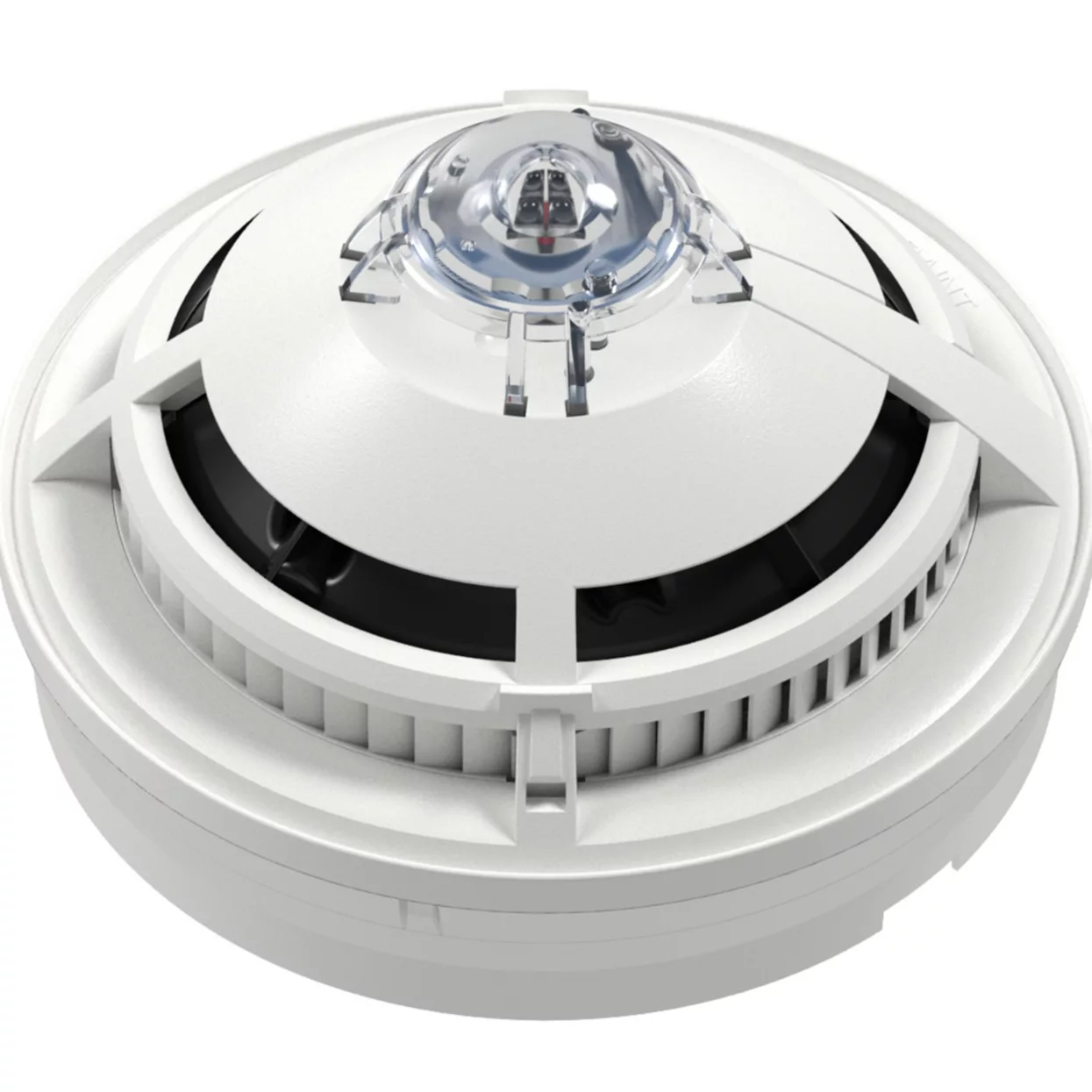Honeywell has unveiled the NOTIFIER INSPIRE series, a fire alarm system featuring EN-approved Self-Testing smoke detectors. This new technology automates the testing process, enhancing the efficiency of installation, testing, and maintenance for fire and life safety systems.
Currently available in the UK, Germany, and Spain, the system is expected to be rolled out across Europe in the future.
The NOTIFIER INSPIRE system is designed to provide reliable fire safety protection, scalability, and improved monitoring. Its high-speed fire alarm panel offers flexible reporting and secure connectivity, reducing the need for frequent equipment replacements and lowering maintenance costs. The system also increases fire technicians’ efficiency through its modularity and intuitive touchscreen, which minimizes human error and facilitates building-specific adaptations.
Additionally, the system integrates with Honeywell’s Connected Life Safety Services (CLSS) platform, a cloud-based solution that provides real-time visibility of the fire system to service technicians, facility managers, and installers. This integration allows for remote diagnostics and troubleshooting, improving first-time fix rates and reducing on-site visit times. CLSS also generates an end-to-end electronic audit trail, supporting regulatory compliance and system uptime.
The Self-Test feature is designed to tackle testing challenges in hard-to-reach areas like locked rooms or high ceilings. The detectors perform self-tests by introducing controlled heat and smoke into their detection chambers, verifying the functionality of Optical and Thermal sensors and ensuring unobstructed smoke entry points. A single technician can conduct tests for the entire building from the NOTIFIER INSPIRE panel, minimizing disruptions and providing electronic inspection reports via the CLSS app.
In summary, Honeywell’s NOTIFIER INSPIRE series introduces EN-approved Self-Testing smoke detectors that aim to improve fire safety system efficiency, regulatory compliance, and maintenance. The system’s integration with the CLSS platform enables real-time diagnostics and electronic compliance reporting, while reducing costs and improving system uptime.


